The Essentials of Trading: From the Basics to Building a Winning Strategy
$16.22
| Author(s) | |
|---|---|
| Pages |
318 |
| Format |
|
| Publication Year |
2006 |
The Essentials of Trading masterfully teaches the novice how to conceptualize, implement, and manage the important fundamentals that form the building blocks of successful trading. Because the book and its examples have been classroom tested at both the undergraduate and graduate levels, the pace of presentation is ideal for a full or partial classroom exposure to Internet-based trading. The book is highly recommended as a viable academic teaching tool, and equally so for the developing nonstudent practitioner.
Author’s Introduction:
The Essentials of Trading started with the intention of providing university finance and economics students with a practical, real-world resource they could use to learn about trading the financial markets. While structuring the text, I had in mind the length and progression of a standard college semester-long course. In fact, even before I started putting it all into book format, the contents and presentation that follow were successfully applied in a series of university level graduate and undergraduate financial markets and managerial economics courses.
Anyone who has been through a finance curriculum knows that most modern financial coursework is biased toward application in an institutional environment. It does not provide much direct use to the individual in terms of personal investment, risk management, and/or speculative efforts. This text seeks to take a different approach, one that focuses more directly on the individual, but with institutional carryover application of use to those who are, or eventually will become, involved in decision making at that level.
That all said, this book was written for anyone and everyone. While a general knowledge of the financial markets is useful, it is not required. Most of the students with whom I have worked over the past several years had some knowledge of things like the stock market, but they were complete novices to actually trading. For that reason, this book starts at the very beginning, so that no reader—student or otherwise—is forced to play catch-up.
Contents:
- Introduction and Getting Started
- Trading Mechanics
- Price Action and Its Influences
- Building the Trading Plan
- Risk and Money Management
- Market Analysis
- System Design and Testing
- System Results and Position Size
- Application
The Essentials of Trading: From the Basics to Building a Winning Strategy By John Forman pdf
8 reviews for The Essentials of Trading: From the Basics to Building a Winning Strategy
Clear filtersOnly logged in customers who have purchased this product may leave a review.

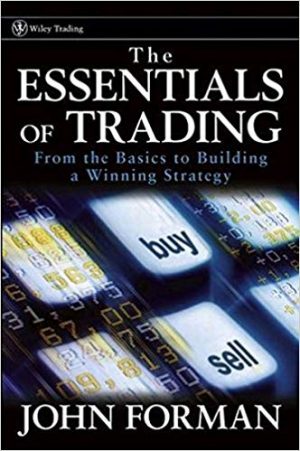

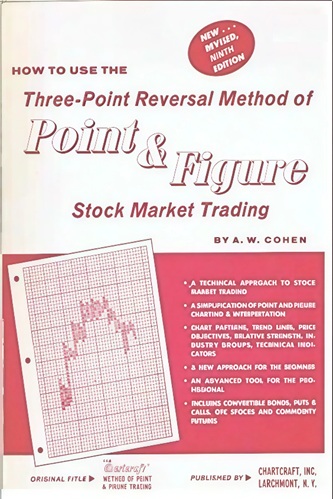
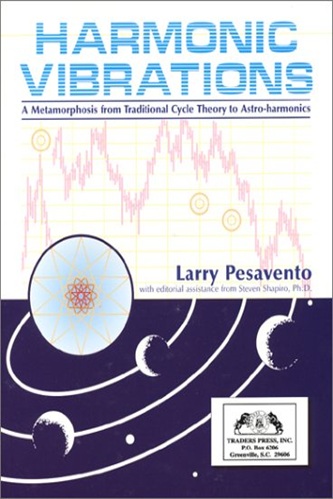
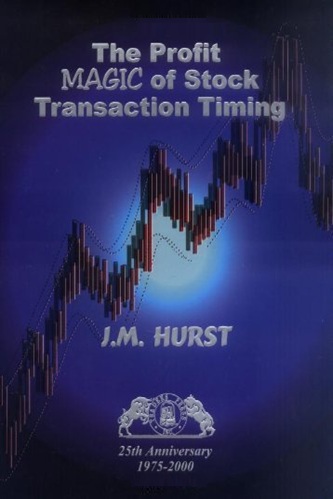
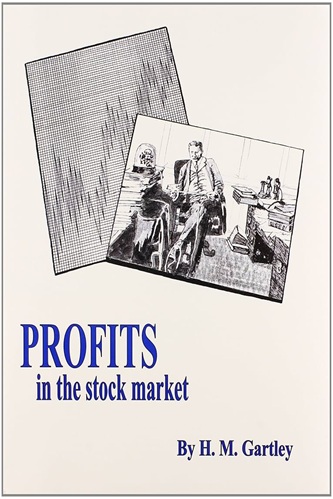
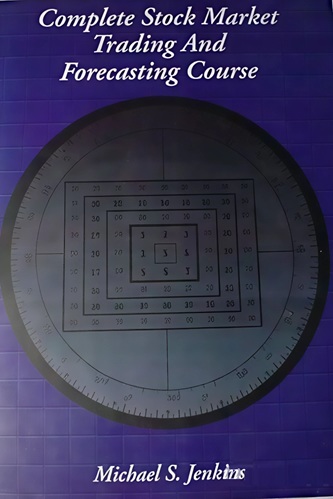

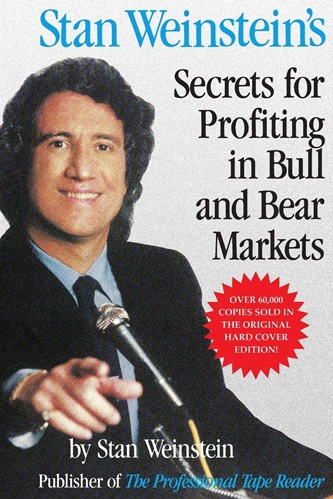
Ty Vasquez (verified owner) –
While trading has become more challenging, the tools have improved, and John Forman brings an up-to-date, insightful perspective on what is needed for traders of all backgrounds to absorb. With the bar having been raised for all market participants, The Essentials of Trading brings a fresh look, providing successful examples of the implements necessary to build a trading system and have confidence in your own work.
Lina Farrell (verified owner) –
The Essentials of Trading is an excellent introductory book on the subject. It not only provides the critical know-how, it also manages to inspire the reader to take their first tentative steps into the trading arena. A joy to read.
Rose Bentley (verified owner) –
Tried (unsuccessfully) various methods/systems of ‘gurus’ but IMO nothing beats creating firm foundations of understanding the basics to build on. This book gives that opportunity and I have found it very useful to develop a successful trading approach tailored to my personal needs.
Kallie Brennan (verified owner) –
John is an experienced trader who have found a way to share his knowledge in a easy to follow, step by step guide to trading. Don’t be fooled by the simplicity, this is powerful information.
Randy Todd (verified owner) –
This book realistically describes what you need to know and what you need to do to trade successfully. I would recommend it to all aspiring traders. It provides the knowledge base and perspective that good traders develop through years of experience. A great book for both new and established traders.
Zariah Hahn (verified owner) –
I’m new in trading and I’ve spent time and money to find books teaching the real stuff of trading. This book, as the title says, describes all the essentials you need to consider when you want to start trading. It covers the plan, the system, the testing, and the final application. It opens up my mind to view trading as a real challengr both interllectually and mentally.
However, I hope it can put more resorces in developing and testing systems.
Kabir Knox (verified owner) –
I purchased this book for the purpose of learning more about stock trading. While the author suggests that his text is just as applicable to stocks, his entire focus is on currency (forex) trading. He spends a great deal of the book explaining the software of his favorite forex game platform (which turns out to be irrelevant during the remainder of the text). I can only assume that Oanda subsidized his book. I would not have purchased this book had I known that.
While I am glad to know a bit more about forex trading, some of the “logic” behind doing so is faulty in my opinion. One of the premises behind trading currency is the much smaller set of investment vehicles to analyze as opposed to the thousands of stocks available. The trouble with this premise is that one currency in and of itself takes an entire economy to create its value as opposed to a stock which is a microcosm of one sector of an economy. What you end up trading with forex is not just one economy but TWO! To trade the currencies effectively, one should know what’s driving the value of both entire economies. The scope of your fundamental analysis is therefore not more limited, but dynamically multiplied.
However, that being said, this book only covers the most basic concepts of trading, and in very broad generalities. He gives practical “homework” assignments, such as track market reactions to economic releases, keep a journal, write down your goals, define your strategy, stick to your strategy, don’t drink and trade.
Where this book falls grossly short, for me, is in the details of his “methods”. The subtitle is “From the Basics to Building a Winning Strategy”. This should be interpreted as reaching only to the upper resistance area of the Basics. The window left between the Basics and the theoretical Winning Strategy is quite large. There is NO bullish breakout into the Winning Strategy trading area.
He basically says, “go create a strategy”, then “test your strategy”. Then says, “choose a strategy” without a single word of advice as to how to do that with any reasonable or practical sensibility. There is no discussion of the multitude of components that might make up a strategy other than “there’s other books written on the subject”. His homework assignment in this one area would leave the book on the shelf for years while you figure it all out yourself.
He provides a few basic testing examples, but emphasizes that they were created for the purpose of walking through a fictitious test and are not intended to provide any usable results. There’s no list of things that might be testable, what indicators are available, or what variables to use, what formulas to use or how to apply any of his suggestions to the wide expanse of reality. Speaking of formulas, he throws out a great deal of quantitative results, but doesn’t provide the math used to back it up. This is akin to saying, “X=10, please go test for X, and make your choices based on the results.” I’m just supposed to grab these formulas out of thin air I suppose?
The few formulas that he does provide are either basic math (sell price minus purchase price equals profit), or include variables that aren’t explained at all (i.e. R sub f = risk free rate of return). If you don’t know what Risk Free Rate of Return is, don’t worry neither do I and I’ve read the book.
He doesn’t point you in any direction whatsoever! There’s a big world out there, go invent your tests and your formulas yourself, then test all the possibilities before using real money to trade. While at the same time says that it’s unreasonable for a novice to understand more than one trend indicator at a time. I’m sorry, that’s just not practical advice. If I can only understand one indicator, at least point me in a somewhat limited direction and explain it to me.
He also does not give any advice as to how to find a broker, just says “find one that suits your goals”. What?! Mind telling me how to do that? Never once mentions how to research their credentials, or what scams might await. How are they regulated (or not)? What should you look for as a reasonable spread? Are there hidden fees to consider? What about those bogus interest rate rules some brokers have? And absolutely nothing he suggested actually related to stocks or stock brokers at all as far as I’m concerned.
Many of his charts are illegible, or incomprehensible due to lack of explanation as to what he’s charted. There are many grammatical and sentence structure errors which make portions of this text difficult to get through. His overview of the technical indicators is slack at best. He merely suggests that “there are many books that already cover that topic in great detail”. In fact he makes similar statements on various topics throughout the book.
The most amazing thing is that he spends the entirety of the book explaining trading via forex. But then the trading system he shares with you in the appendix is for stocks! And not only that, the system presented completely digresses from his proposal to pick one or two trading vehicles and thoroughly back test them to develop the optimum system for that vehicle. It is the ultimate in inconsistency! Due to the number of errors in the book, there’s no way I’d trust his “sample system” at the end of the book without confirming it against several other sources.
If you need someone to tell you that you need to do your homework, apply yourself to ongoing research, and plan properly prior to trading then I’ve just done that. No need to buy the book.
However, if you’re looking for practical advice on how to find workable tools, strategy evaluation methods, or any caveats to watch out for which are prevalent in the industry, I suggest that you seek to purchase one of those other books that he alluded to.
The subtitle really should be “From the Basics and up to (but not including) Building a Winning Strategy”.
Damir Cline (verified owner) –
Trading in the stock, foreign exchange, or other markets used to be a game played only by the experts on Wall Street or at a minimum sitting in a brokers office watching the ticker go buy. News dissemination was slow and poor. All of this has changed. The web now allows everyone the world over instant access to the same information and instant access to on line trading.
This book starts with the very beginning, opening a trading account. From there he moves to the development of a trading plan and tracking that plan using the ‘demo’ or test account at an on-line traders. The development of a plan that suits your needs, your own level of risk. In describing how to create your own plan, he goes over the primary ways used by the pros to analyze markets: Fundamental, Quantitative or Technical Analysis. Strangely enough, he doesn’t seem to have a favorite as most authors do.
On the whole, you couldn’t ask for a better introductory to the subject.